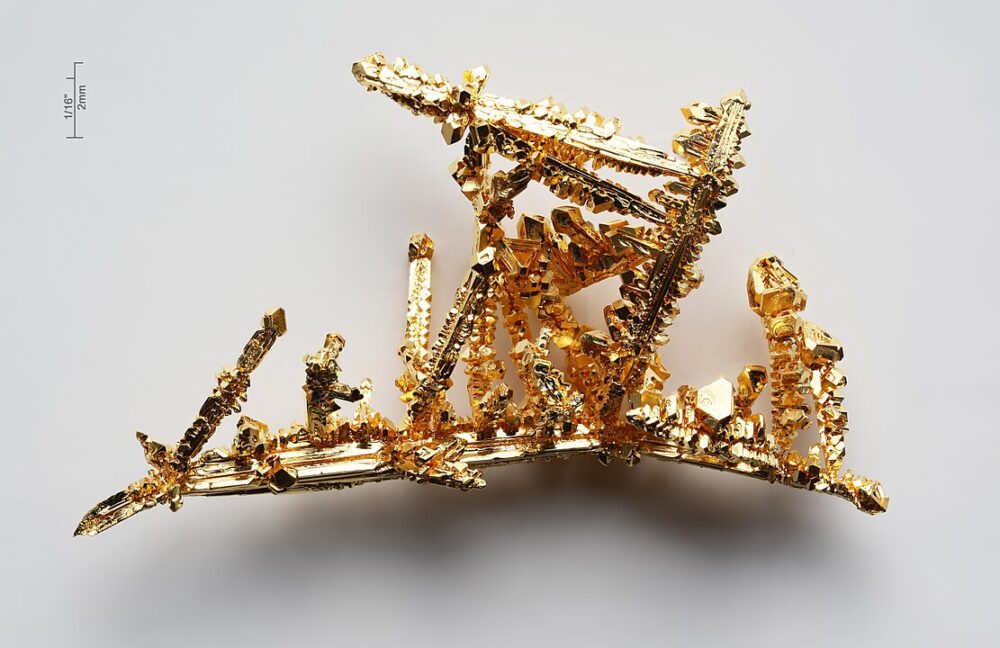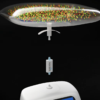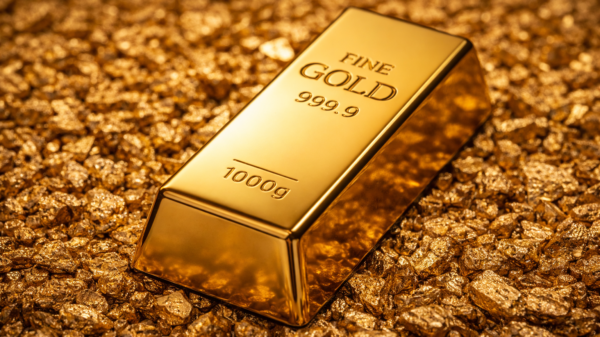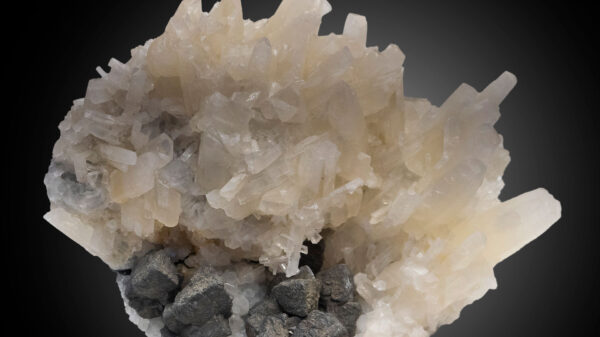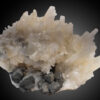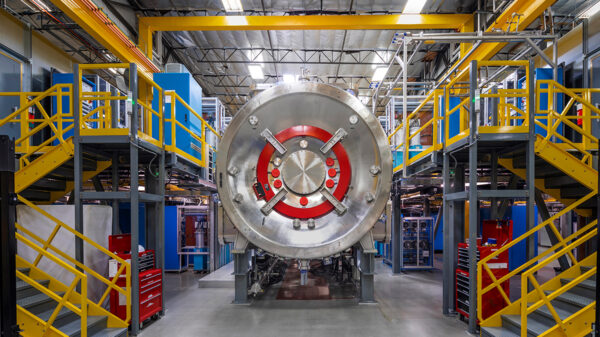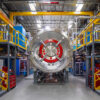Scientists at a California startup may have cracked the alchemist’s code, finding a way to turn common metals into gold.
On Monday, Marathon Fusion claims to have harnessed the neutron radiation from nuclear fusion to transmute mercury into gold. Specifically, they plan to bombard mercury-198 with neutrons to create mercury-197, which naturally decays into gold-197, the only stable isotope of gold.
Technically, the process, known as nuclear transmutation, has existed for decades. It just hasn’t existed at scale. Particle accelerators and colliders routinely smash subatomic particles together to achieve this. However, the costs remain enormous, and the yields are vanishingly small.
The Large Hadron Collider at CERN, located in Geneva, offers the best-known example. In one experiment, ALICE, scientists estimated they produced just 29 picogrammes of gold across four years. At that rate, it would take hundreds of times the age of the universe to generate a single troy ounce of gold.
The process uses particle decay, where one subatomic particle breaks down into two or more lighter ones. Marathon Fusion estimates that a one-gigawatt thermal fusion plant could produce several tonnes of gold per year. If true, the implications could be transformative.
However, the process requires a large neutron flux. This is a measure of how many neutrons pass through a given area in a set amount of time. To achieve this, Marathon Fusion relies on deuterium and tritium as fuel in its fusion reactor. When fused, these isotopes release high-energy neutrons.
To convert mercury-198 into gold, neutrons must carry energies above six million electron volts. These neutrons penetrate materials easily, bouncing off atomic nuclei and slowing down in the process.
Read more: NevGold’s latest Nevada drill results show exceptional gold mineralization
Read more: NevGold’s latest drill results extend priority target at Limo Butte by over 200 metres
There are significant hurdles ahead
To test its theory, Marathon Fusion built a “digital twin.” This is a computer simulation of a working fusion reactor. This model includes both the physical dynamics of fusion and the resulting nuclear reactions. However, a major limitation remains: no commercial fusion reactor exists to validate their data.
There are significant hurdles ahead. Scientists must develop new materials capable of withstanding extreme heat and radiation. They also need better methods to extract power from the system continuously. AI may play a critical role in keeping the plasma stable during fusion reactions.
Even advanced projects like the UK’s Joint European Torus (JET) have only produced modest amounts of energy. However, researchers in the UK are working on a new prototype. The Spherical Tokamak for Energy Production (STEP) aims to shrink reactor size by changing how the exhaust plasma is controlled. The team hopes to have a working model by 2040.
On paper, Marathon Fusion’s idea is plausible. But without a functioning commercial reactor, their projections remain speculative. Additionally, any gold produced inside a fusion reactor would initially be radioactive. This poses another challenge: managing and processing the gold until it is safe for use.
Furthermore, digital twin models can easily overlook key physical effects. Until validated against real-world conditions, they carry a high level of uncertainty. Still, the concept could attract long-term investors willing to bet on high-risk, high-reward science.
In the end, while the idea of turning mercury into gold through fusion sounds promising, it remains theoretical. Commercial fusion is still years away. However, if companies like Marathon Fusion succeed, the next gold rush may come not from mines, but from reactors.
.

